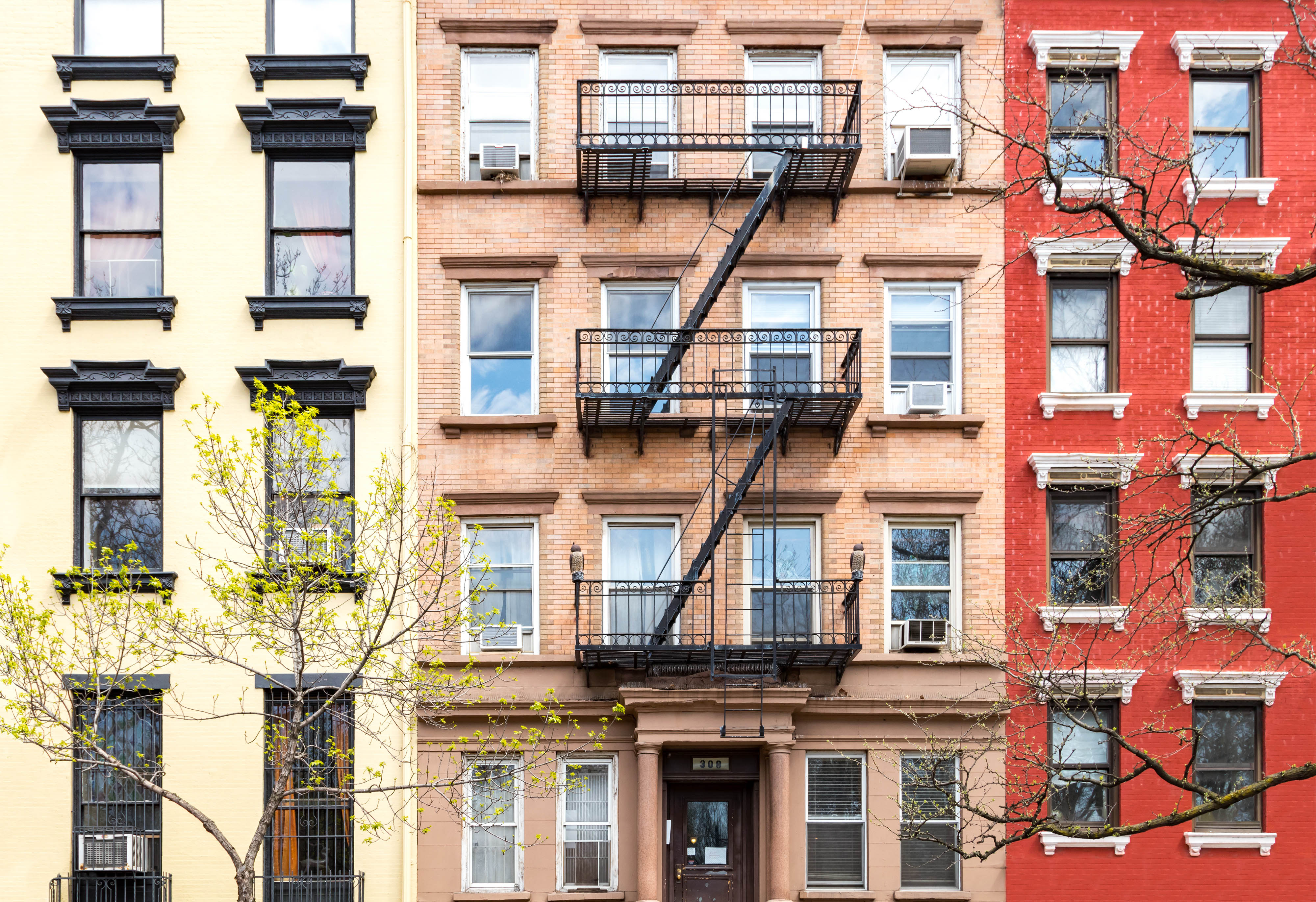Apartment Residents Shopping at a Seasonally Normal Rate

Apartment traffic data suggests May 2023 looked … well, pretty normal in many ways. This is really a continuation of the trend we’ve seen in the first few months of the late spring/early summer leasing season. That is, many data points appear to be essentially on track with a more normal year, perhaps with the exception of rent growth which is behind typical levels. For example, year-to-date rent growth (1.4% for the U.S.) hasn’t been able to match what you’d typically expect through May.
Having said that, lead volumes help support why we’re still seeing rent growth even if it’s muted. Looking at lead volumes (generated from virtual and/or physical guest cards created) across the country is a nice way to gauge the potential for future demand, as those who are shopping today will likely become tomorrow’s new resident. (One caveat to that coming up in a bit, though.)
May 2023 doesn’t necessarily look like any one of the past five Mays (and this is where averages can be misleading in all fairness). But by that same token, May 2023 leads are still above the late 2010s cycle norm even if not at the crazed 2021/early 2022 levels. But the fact is that today’s traffic measure shows that residents are shopping at a seasonally normal rate.
The difference in May 2023 versus previous Mays? That’s how much new inventory is being added to the pipeline, without question. RealPage Market Analytics estimates show an additional 20% increase in the construction pipeline from May 2022 to May 2023 – and keep in mind that May 2022 was already well into record territory.
As started earlier, there’s a caveat with the leads figure. This is total leads, NOT conversions. One renter can shop multiple properties. That wasn’t as true in the first half of 2022 because occupancy rates were incredibly tight. Today as occupancy gets back to historically normal levels, renters (who are shopping at normal rates) are seeing more options due partially to new construction delivering. It’s also another reason why Class C product (where stock is incredibly limited and effectively no new inventory is being added) is generally seeing more rent growth than A & B in today’s climate.
Back to the summary point though: You’ve got a normal amount of residents shopping for apartments while the denominator of available apartments out there increases (both through means of normalizing occupancy and increasing construction). This is in many ways a concise summary of why the Midwest/Rust Belt markets are seeing stronger rent growth today while portions of the Sun Belt and select coastal submarkets are seeing weaker rent growth.
All said, the data here suggests we’ll probably see a lot more of the same through the rest of 2023. Decent traffic by seasonal norms, but weaker-than-typical rent growth.







